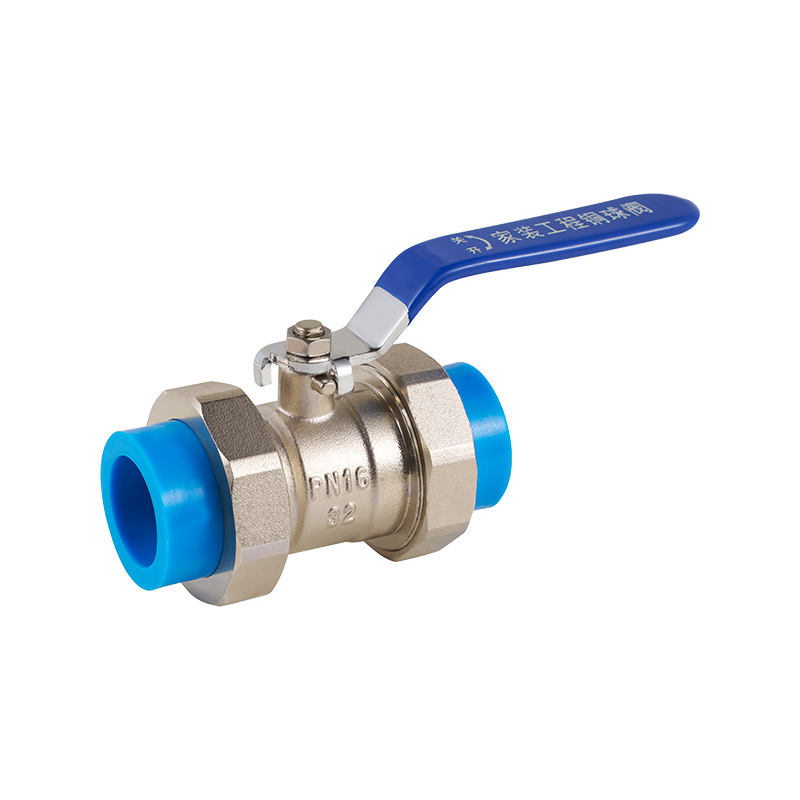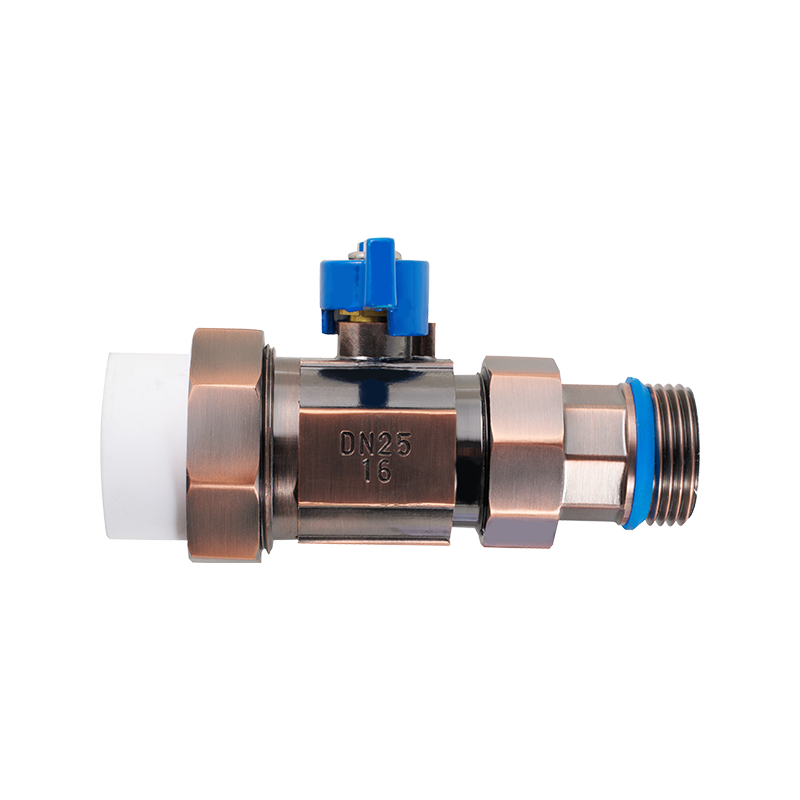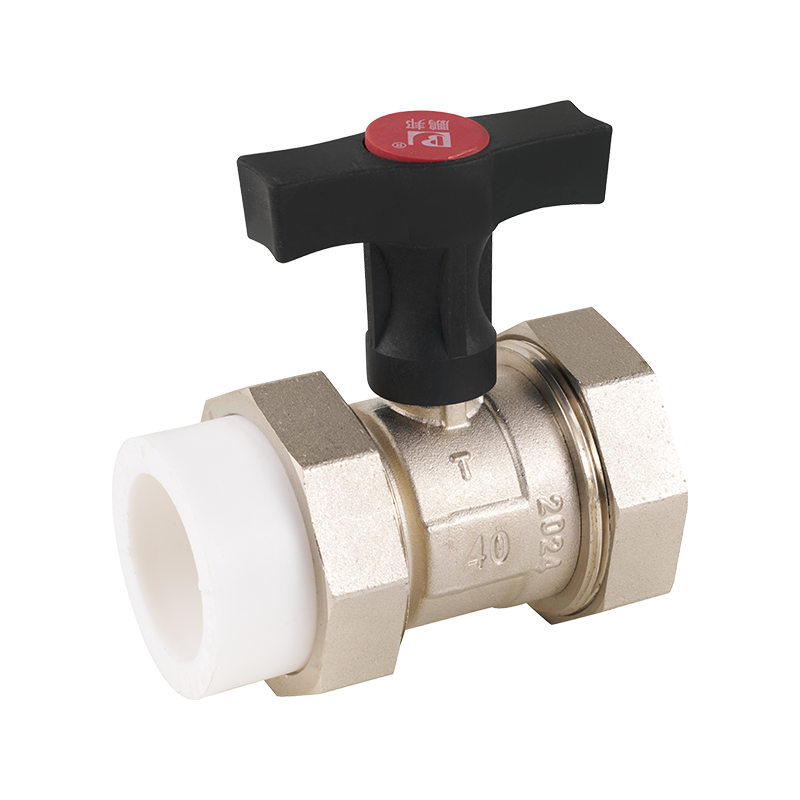Corrosion resistance is a key consideration in the production of industrial valves, especially those used in demanding environments. Valves such as the home gas valve, jrgured pressure reducing valve, and gas check valve low pressure all need to maintain integrity over time despite exposure to various corrosive agents. Understanding the challenges and solutions related to corrosion can help manufacturers and end-users ensure longer service life and safer operation.

When dealing with gas supply systems, the home gas valve is a critical component that controls the flow and safety of gas within residential setups. These valves often face exposure to moisture, temperature fluctuations, and sometimes chemicals that can advance to corrosion. If corrosion occurs inside the valve, it can compromise sealing surfaces, pilot leaks, or even valve failure. Therefore, selecting materials and coatings that resist corrosion is a vital part of producing reliable home gas valves.
Similarly, the jrgured pressure reducing valve is widely used to control and reduce gas pressure in both industrial and residential gas networks. Pressure reducing valves operate under constant mechanical stress and in contact with gas that may carry impurities. Corrosion in these valves can cause the internal components to deteriorate, affecting pressure regulation accuracy and potentially causing safety issues. The design and material choice in jrgured pressure reducing valves take corrosion resistance seriously to maintain consistent performance over extended periods.
The gas check valve low pressure also faces corrosion risks, especially when installed in low-pressure gas systems where moisture condensation is common. Check valves prevent backflow, protecting equipment and ensuring safety. If corrosion degrades the valve components, backflow prevention may fail, pilot to system contamination or hazards. Gas check valve low pressure models often incorporate corrosion-resistant alloys or surface treatments to counteract this challenge.
Manufacturers commonly address corrosion resistance by selecting suitable materials. Stainless steel, brass, and certain specially treated alloys are frequently used for home gas valves, jrgured pressure reducing valves, and gas check valve low pressure models. These materials offer a balance between mechanical strength, corrosion resistance, and cost-effectiveness. For example, stainless steel valves resist rust and chemical attack better than standard steel, which is crucial for components in contact with moisture and gas impurities.
Surface treatment techniques further enhance corrosion resistance. Electroplating, anodizing, and powder coating can provide protective layers on valve surfaces, preventing direct contact between corrosive agents and the base material. For home gas valves, such coatings can extend product life and reduce maintenance requirements. Jrgured pressure reducing valves also benefit from these treatments, as they improve wear resistance and reduce the chances of corrosion-induced malfunctions.
In addition to material and surface treatments, the design of valves contributes to corrosion control. Fewer crevices, smooth internal passages, and proper sealing can reduce areas where corrosive substances accumulate. For gas check valve low pressure units, ensuring tight seals and proper drainage paths can prevent moisture build-up, which is a major cause of corrosion in low-pressure environments.
Environmental factors play a significant role in the corrosion of industrial valves. Valves used outdoors or in chemical plants may face more aggressive conditions than those installed inside homes or clean industrial facilities. Home gas valves typically operate in less severe environments but still require corrosion resistance to prevent leaks and ensure user safety. Jrgured pressure reducing valves used in industrial settings may be exposed to varying humidity, temperature swings, and sometimes corrosive gases, necessitating robust corrosion control measures.
Regular inspection and maintenance are also essential in managing corrosion. Even valves like the home gas valve, which are designed for long-term use, should be checked periodically for signs of corrosion or wear. Maintenance can include cleaning, applying protective coatings, or replacing parts to maintain safe operation. For regulated pressure-reducing valves and gas check valve low pressure devices, maintenance routines are often specified based on usage conditions to address potential corrosion before it advances to failure.
The economic impact of corrosion on valve systems can be significant. Valve failure due to corrosion can cause gas leaks, system downtime, and safety hazards. By focusing on corrosion resistance during the production of home gas valves, jrgured pressure reducing valves, and gas check valve low pressure models, manufacturers contribute to reducing operational costs and improving system reliability.
In summary, corrosion resistance is a vital aspect in the production of industrial valves, including home gas valves, jrgured pressure reducing valves, and gas check valve low pressure models. Material selection, surface treatment, valve design, environmental considerations, and maintenance all influence how well these valves resist corrosion over time. Addressing these factors helps ensure valves function safely and reliably, supporting the systems they serve without interruption or hazard.


 English
English русский
русский Español
Español عربى
عربى






 CONTACT US
CONTACT US